
Demystifying EV Charging: A Guide for EV Owners
Welcome to the electrifying world of electric vehicle (EV) charging! As an EV owner, you’re part of a revolutionary shift towards sustainable transportation. Mastering the art of EV charging is essential for maximising the benefits of your eco-friendly ride.
In this comprehensive guide, “Demystifying EV Charging: A Guide for EV Owners”, we’ll explore everything you need to know about EV charging, from the basics to advanced tips, ensuring you’re well-equipped to make the most of your electric vehicle experience.
Short Summary
Understanding EV charging basics and the differences between AC and DC electricity is essential for selecting an optimal charging solution.
Different levels of chargers offer varying charge rates, while home solutions include standard outlet or dedicated wallbox options with additional safety features.
Government incentives are available to reduce costs associated with electric vehicle ownership, as well as trip planning resources to help overcome range anxiety.
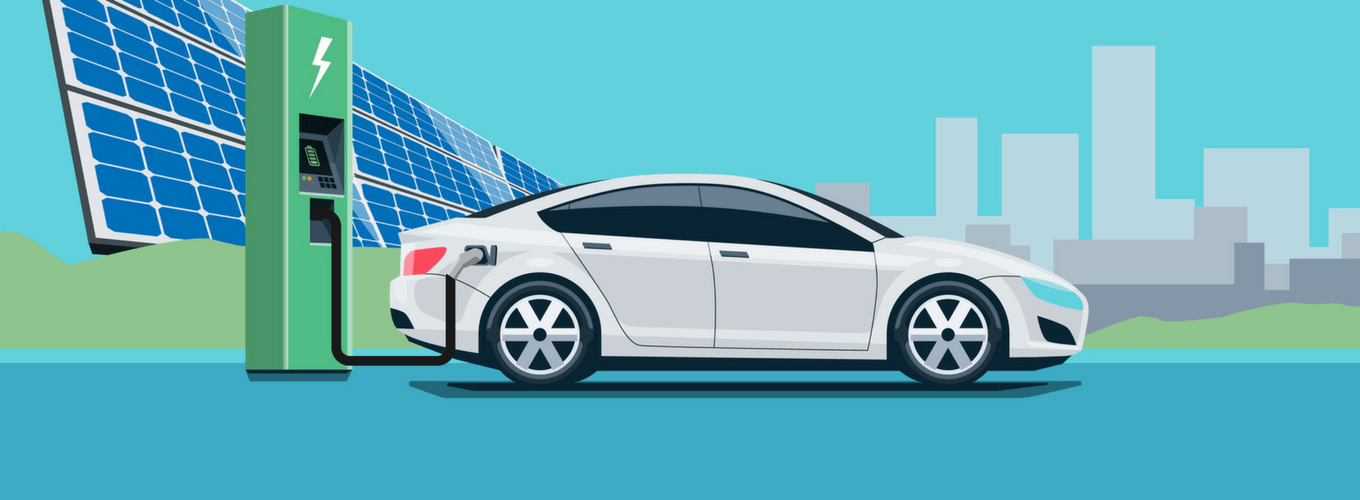
Understanding EV Charging Basics
Charging your electric vehicle may seem daunting at first, but with a little knowledge, you’ll quickly become a pro. The first step to mastering EV charging is understanding the basics. Electricity, the lifeblood of your electric vehicle, can be delivered to your car’s battery in two forms: alternating current (AC) and direct current (DC). The difference between these two types of electricity lies in the direction of the current flow. AC electricity fluctuates periodically, while DC electricity flows in a constant direction.
There are three primary charging levels for electric vehicles: Level 1, Level 2, and DC Fast Charging. Level 1 chargers use standard household outlets and provide a slow charging rate, taking several hours to recharge your EV’s battery. Level 2 chargers, on the other hand, are more powerful and can charge your car in just a few hours.
DC Fast Charging, also known as rapid charging, delivers a high-power charge to your battery in a relatively short amount of time, making it perfect for quick top-ups on the go. With a solid understanding of these charging basics, you’ll be better equipped to choose the best charging solution for your electric vehicle.

AC vs. DC Electricity
In the world of electric vehicle charging, AC and DC electricity play distinct roles. Most home and public charging stations use AC electricity to charge your EV, transferring energy from the electricity grid to your car’s battery through an onboard power supply converter.
DC electricity, conversely, is employed at fast charging stations to bypass the converter and directly charge your battery, allowing for a much quicker charge. By understanding the difference between AC and DC electricity, you’ll be well-prepared to select the most efficient charging method for your electric vehicle.
Charging Levels
As mentioned, there are three main charging levels for electric vehicles: Level 1, Level 2, and DC Fast Charging. Level 1 charging, which uses a standard household outlet, is the slowest option and best suited for overnight charging or as a backup solution.
Level 2 charging, which requires a dedicated charging station, offers a faster charge rate and is ideal for daily use, particularly for EV owners with access to off-street parking.
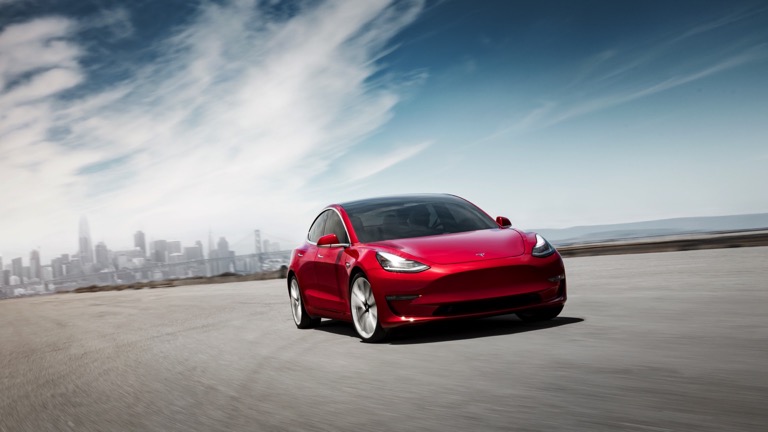
Lastly, DC Fast Charging provides the quickest charge rate, making it perfect for long trips or when you need a quick top-up to continue your journey. By understanding the different charging levels, you can make informed decisions about how and when to charge your electric vehicle.
Charging Speeds
The charging speed of your electric vehicle largely depends on the type of charger you’re using and your car’s battery size. While Level 1 charging is the slowest method, it can still be a practical option for overnight charging or as an emergency backup. Level 2 charging is faster and more convenient, making it the preferred choice for most EV owners.
DC Fast Charging offers the quickest charge rate, with some charging stations capable of providing up to 350 kW of power. However, it’s important to note that not all electric vehicles can handle such high power levels, so always consult your vehicle’s manufacturer for guidance on the appropriate charging speed and equipment.
By understanding the factors that affect charging speeds, you can optimise your charging routine and maximise your electric vehicle’s potential.

Home Charging Solutions
For many electric vehicle owners, home charging is the most convenient and cost-effective way to keep their EV’s battery topped up. With access to off-street parking, you can charge your vehicle overnight using a standard outlet or a dedicated charging station.
In this section, we’ll explore the benefits and drawbacks of both standard outlet charging and dedicated home charging stations, helping you choose the best home charging solution for your electric vehicle.
Standard Outlet Charging
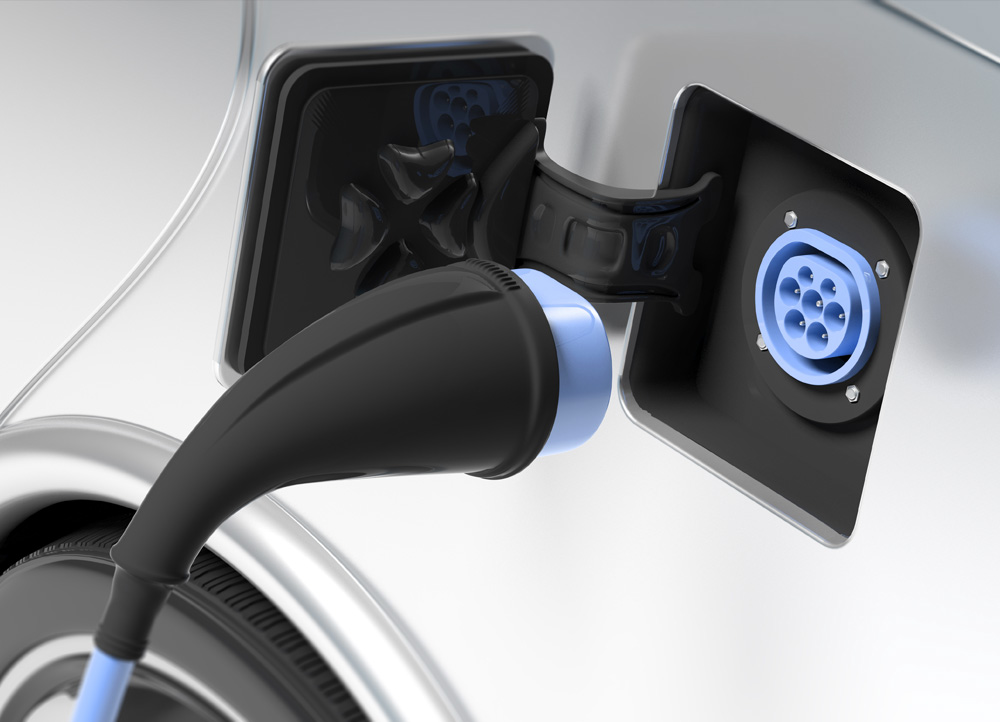
Standard outlet charging involves plugging your electric vehicle into a regular household outlet using a 3-pin plug. While this method is slow and offers limited charging speeds, it can still be a viable option for emergency backup charging or for EV owners without access to a dedicated charging station.
However, it’s important to note that standard outlet charging lacks some of the safety features found in dedicated charging equipment, such as over-current protection and temperature monitoring. As a result, it’s recommended to use standard outlet charging only as a temporary solution and to consider investing in a dedicated home charging station for long-term use.
Dedicated Charging Stations
Dedicated charging stations, also known as wallboxes, offer a faster and safer alternative to standard outlet charging for electric vehicles. These charging stations can be installed in your garage or driveway, providing a dedicated charging point for your EV. Not only do dedicated charging stations offer faster charging speeds, but they also come equipped with safety features such as over-current protection and temperature monitoring.
The cost of installing a wallbox can be offset by government grants, making it an affordable and practical option for home charging. By investing in a dedicated charging station, you’ll enjoy the convenience and peace of mind that comes with having a reliable home charging solution for your electric vehicle.
Public Charging Networks
While home charging is the most popular method for keeping your electric vehicle charged, public charging networks play a crucial role in supporting EV owners on the go. With an increasing number of public charging stations available across the country, you’ll have access to convenient charging options during long trips or when you’re away from home.
In this section, we’ll dive into the world of public charging networks, including how to find public charging stations and the different types of chargers you’ll encounter on your travels.
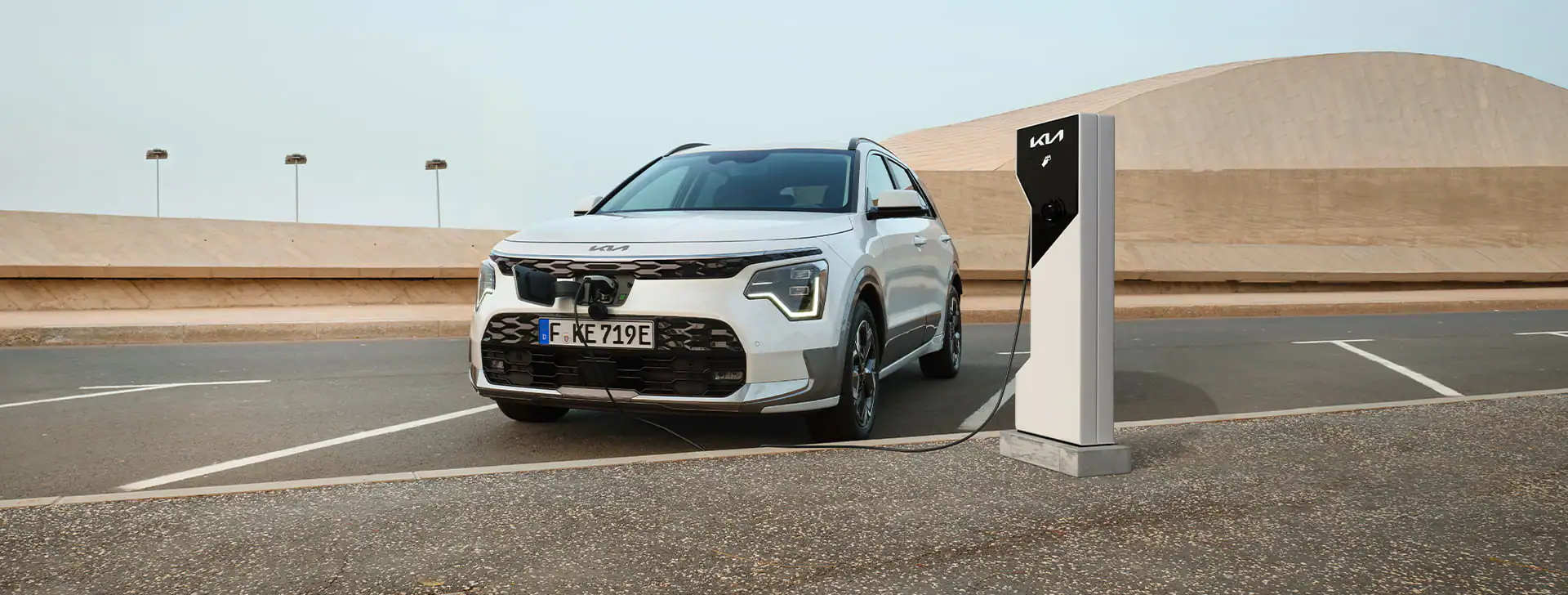
Finding Public Charging Stations
Locating public charging stations is easier than ever thanks to a variety of resources and apps designed to help you find the nearest charging station. Some popular resources include PlugShare, ChargePoint, and EVgo, which allow you to search for charging stations based on your location and desired charger type.
Additionally, many electric vehicles come equipped with built-in navigation systems that can guide you to the nearest charging station based on your current location. By familiarising yourself with these resources, you’ll be well-prepared to locate public charging stations at motorway service stations on your journey, ensuring you never run out of battery power on the road.
Types of Public Chargers

When it comes to public charging, you’ll encounter a variety of charger types, each with its own unique features and charge rates. Fast chargers are the most common, offering charging speeds similar to Level 2 home chargers, while rapid chargers provide even faster charging rates for quick top-ups during long trips.
The two main connectors used for rapid charging are CHAdeMO, which is popular in Japan and Asia, and the Combined Charging System (CCS), which is widely used in Europe and can accommodate power levels up to 350 kW.
By understanding the different types of public chargers and their respective capabilities, you’ll be better equipped to plan your charging stops and make the most of your electric vehicle’s range.
Charging Costs and Savings
Charging your electric car is not only more environmentally friendly than fuelling a petrol-powered vehicle, but it can also be more cost-effective. However, the cost of charging your electric vehicle can vary depending on factors such as electricity rates, battery size, and charger type.
In this section, we’ll compare the costs of home and public charging and explore potential savings for EV owners.
Home Charging Costs
The cost of charging your electric vehicle at home is primarily determined by the electricity rate you pay and the size of your vehicle’s battery. For example, if your electricity rate is 17p per kilowatt-hour (kWh) and your EV’s battery is 50 kWh, a full charge would cost approximately £8.50.
By charging your vehicle at home, especially during off-peak hours when electricity rates are lower, you can save money compared to using public charging stations. Home charging is not only convenient, but also an economical choice for keeping your electric vehicle charged and ready for the road.
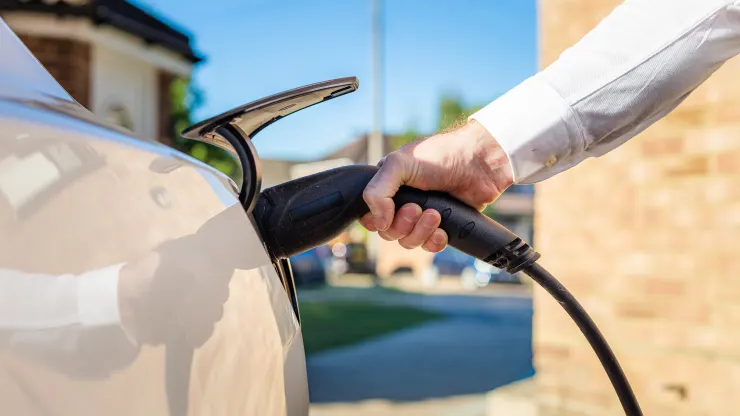
Public Charging Costs
The cost of charging your electric vehicle at a public charging station depends on factors such as the charging provider, the charge rate, and the location of the station. While public charging can be more expensive than home charging, certain networks offer discounted rates or even free charging to their members.
Additionally, some public charging stations are equipped with rapid chargers, which can provide a quick top-up for your vehicle in a fraction of the time it would take to charge at home. By understanding the costs associated with public charging, you can make informed decisions about when and where to charge your electric vehicle when you’re on the go.

Charging Connectors and Compatibility
As an electric vehicle owner, it’s important to be familiar with the various charging connectors available and ensure compatibility between your EV and the charging stations you’ll encounter. Different electric vehicle models use different connectors, and not all charging stations are compatible with every type of connector.
In this section, we’ll explore common charging connectors and provide tips to ensure compatibility between your electric vehicle and the charging stations you’ll use.
Common Charging Connectors
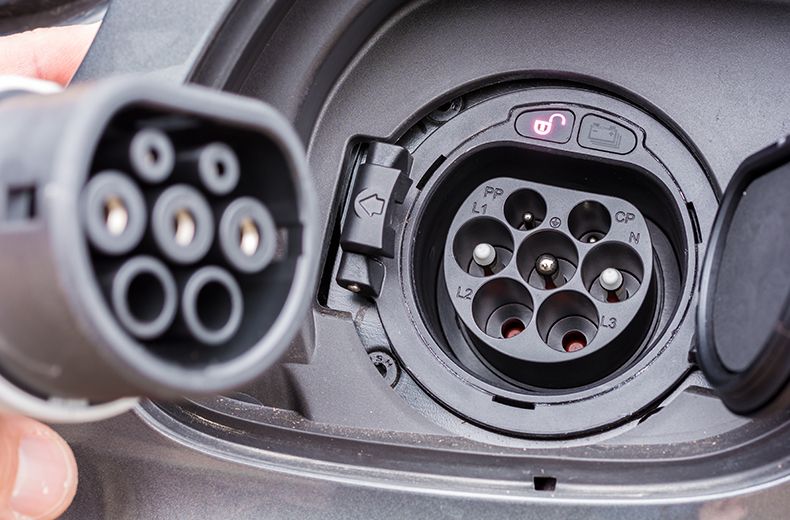
There are several common charging connectors in the EV industry, including Type 2, CCS, and CHAdeMO. The Type 2 connector is widely used for Level 1 and Level 2 charging in Europe, while the CCS connector is popular for DC fast charging and can accommodate power levels up to 350 kW.
The CHAdeMO connector, on the other hand, is commonly used for rapid charging in Japan and other parts of Asia. By familiarising yourself with these common charging connectors and their respective capabilities, you’ll be better prepared to charge your electric vehicle at a variety of charging stations.
Ensuring Compatibility
To ensure compatibility between your electric vehicle and the charging stations you’ll encounter, it’s crucial to know which connector your vehicle uses and verify that the charging station supports that connector type. This information can typically be found in your vehicle’s owner’s manual or on the manufacturer’s website.
In some cases, you may need to carry an adapter to ensure compatibility with various charging connectors. By taking these steps, you can confidently charge your electric vehicle at any compatible charging station and avoid any potential charging issues.
Maximising EV Range and Battery Health
As an electric vehicle owner, you’ll want to make the most of your vehicle’s range and ensure the longevity of its battery. This can be achieved through a combination of eco-driving techniques, strategic charging practices, and proper battery maintenance.
In this section, we’ll provide tips for maximising your EV’s range and maintaining its battery health to ensure you get the most out of your electric vehicle.
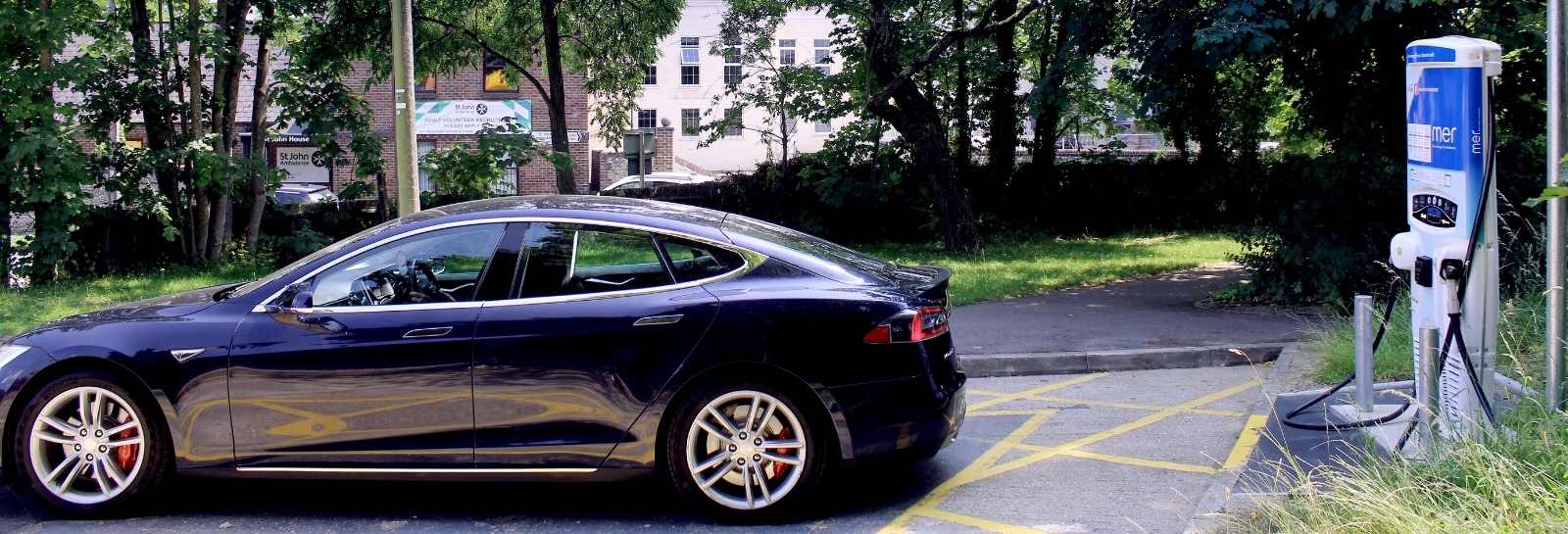
Charging Best Practices
To optimise your electric vehicle’s battery life and performance, it’s important to adhere to proper charging practices. One key aspect is avoiding regular charging to 100%, as this can reduce the battery’s longevity. Instead, aim to keep your battery level between 20% and 80%.
Charging your vehicle overnight using Level 1 or Level 2 charging is not only more efficient but also more cost-effective than charging at higher levels. By following these best practices, you can ensure the optimal performance and lifespan of your electric vehicle’s battery.
Eco-Driving Tips
Eco-driving techniques can help extend the range of your electric vehicle and reduce energy consumption for EV drivers. Some simple tips include driving gently and smoothly, maintaining a consistent speed, and avoiding rapid acceleration and braking. Utilising your vehicle’s regenerative braking system and cruise control features can also help maximise your EV’s range.
Additionally, keeping your tires properly inflated and using air conditioning wisely can further enhance your electric vehicle’s efficiency. By adopting eco-driving habits, you can make the most of your electric cars’ capabilities and enjoy a more sustainable driving experience.

Government Incentives and Grants
For electric vehicle owners and businesses looking to support the adoption of EVs, various government incentives and grants are available to help reduce costs and promote sustainable transportation. These incentives, also beneficial for EV manufacturers, include grants for purchasing electric vehicles, installing charging points, and reducing the cost of home EV chargers.
In this section, we’ll explore the available government incentives and grants to help you make the most of your electric vehicle ownership.
Home Charger Grants
The UK government offers grants to help offset the cost of installing a dedicated home charging station for your electric vehicle. The Electric Vehicle Homecharge Scheme (EVHS) provides a grant of up to £350 off the cost of a charging point, making home charging more accessible and affordable.
To be eligible for the grant, you must have off-street parking, use a government-approved installer, and own or be the primary user of an electric vehicle.
By taking advantage of these home charger grants, you can reduce the cost of installing a reliable and convenient charging solution for your electric vehicle.
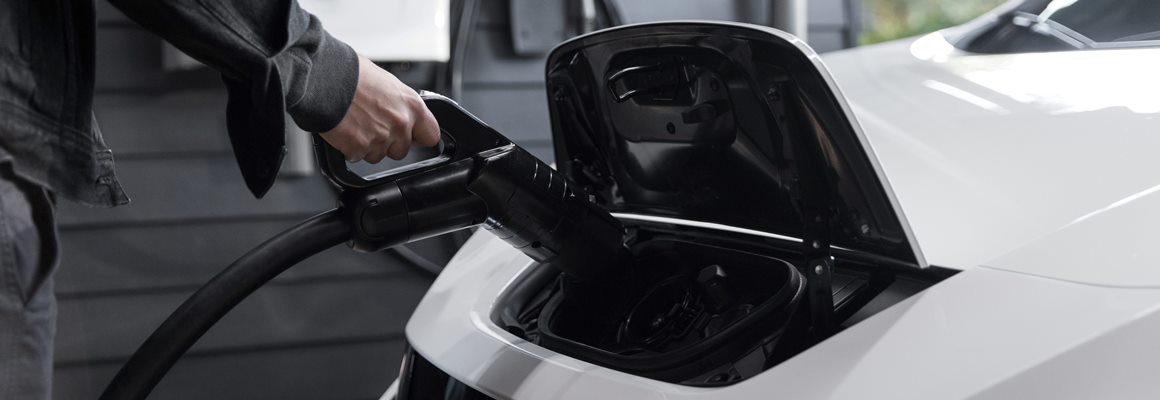
Workplace Charging Scheme
The Workplace Charging Scheme (WCS) is a voucher-based program that provides support to eligible businesses and public-sector organisations looking to install electric vehicle charge points for their employees. The scheme offers up to £500 per socket to contribute to the cost of installing EV charge points, covering up to 75% of the total cost of installation.
To be eligible for the WCS, businesses must be located in England, Scotland, or Wales and have a maximum of 250 employees. By participating in the Workplace Charging Scheme, businesses can support the adoption of electric vehicles and provide a valuable benefit to their employees.
Adapting to Life with an Electric Vehicle
Transitioning to life with an electric vehicle requires some adjustments, particularly when it comes to trip planning and overcoming range anxiety. As you become more familiar with your electric vehicle’s capabilities and the available charging infrastructure, you’ll gain confidence in your ability to navigate the world of EV charging.
In this section, we’ll discuss strategies for planning trips with an electric vehicle and overcoming range anxiety.
Trip Planning
Planning a trip with an electric vehicle involves more than just selecting a destination and hitting the road. It’s essential to consider your vehicle’s range and the availability of charging stations along your route. Using resources such as PlugShare, ChargePoint, and EVgo, you can locate charging stations and estimate charging times to ensure you have enough battery power to reach your destination.
Additionally, you can use your electric vehicle’s built-in navigation system to help plan your route and locate charging stations. By taking the time to plan your trip and familiarise yourself with the charging infrastructure, you can enjoy a stress-free and eco-friendly journey.
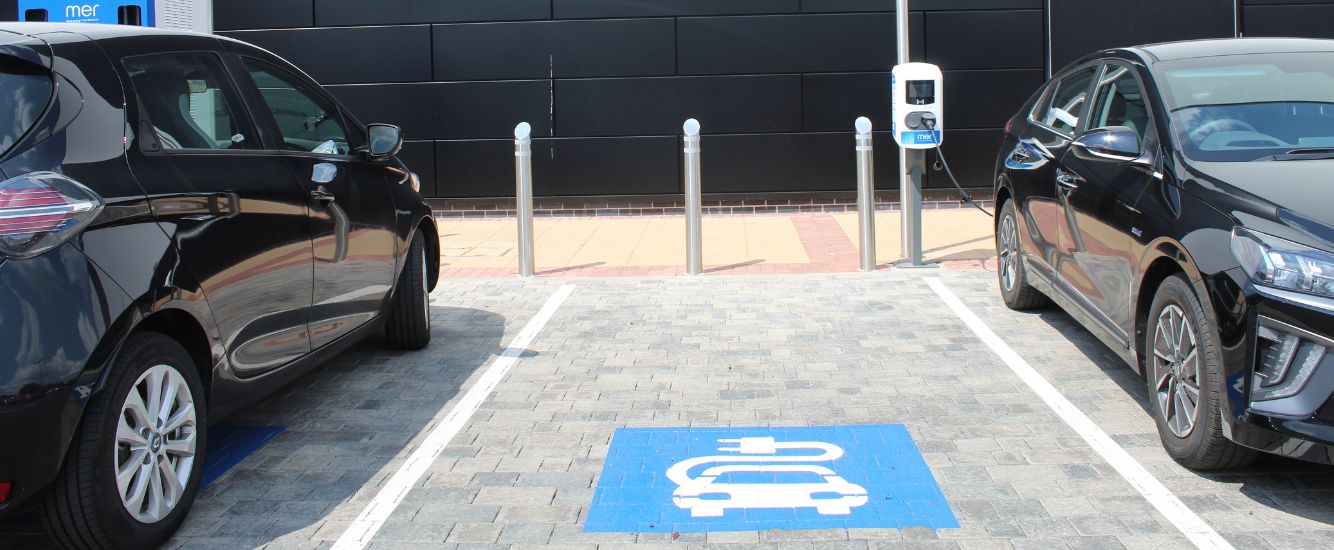
Overcoming Range Anxiety
Range anxiety, or the fear of running out of battery power before reaching a charging station, is a common concern among new electric vehicle owners. To overcome range anxiety, it’s essential to trust in your vehicle’s capabilities and build confidence in your ability to locate and utilise charging stations. Familiarise yourself with the range of your electric vehicle and use resources such as PlugShare, ChargePoint, and EVgo to locate charging stations along your route.
Additionally, practicing eco-driving techniques can help extend your vehicle’s range and reduce energy consumption, further alleviating range anxiety. By taking these steps, you’ll soon feel more comfortable and confident in your electric vehicle’s capabilities.
Summary
In conclusion, mastering the art of electric vehicle charging is essential for maximising the benefits of your eco-friendly ride. By understanding the basics of EV charging, exploring home and public charging solutions, and familiarising yourself with charging connectors and compatibility, you’ll be well-equipped to navigate the world of electric vehicle charging. With the help of government incentives and grants, eco-driving tips, and careful trip planning, you can enjoy a seamless and sustainable driving experience.
Want to embrace the future of transportation and embark on your electrifying journey with confidence? Our EV charger installation team from Cambridge and Peterborough can help you with this. W offer multiple locations. Contact us to get help from our local team.
Frequently Asked Questions
What are the different types of EV charging levels?
There are three primary charging levels for electric vehicles: Level 1, Level 2, and DC Fast Charging. Level 1 charges EVs using a basic 120-volt outlet, while Level 2 offers a more powerful 240-volt current.
Finally, DC Fast Charging utilises 480-volts to charge the battery in a much faster time frame than either Level 1 or Level 2.
How can I find public charging stations for my electric vehicle?
By researching PlugShare, ChargePoint, and EVgo, you can easily find nearby public charging stations for your electric vehicle.
What are some eco-driving tips to extend my electric vehicle's range?
By following eco-driving tips, such as driving at a steady speed, moderating acceleration and braking, and anticipating stops, you can help extend your electric vehicle’s range.
These tips can help you get the most out of your electric vehicle, allowing you to go farther on a single charge. Additionally, eco-driving can help reduce emissions and save you money on fuel costs.
By taking the time to learn and practice.
Are there any government grants available to help offset the cost of installing a home charging station?
The UK government’s Electric Vehicle Homecharge Scheme (EVHS) can provide a tenants/ landlords with a grant of up to £350 towards the cost of installing a home charging station. It is possible to receive financial assistance for the purchase and installation of a home charging station in the form of a government grant from the Electric Vehicle Homecharge Scheme (EVHS). The grant covers up to £350 of the total cost.
How can I ensure compatibility between my electric vehicle and charging stations?
Check your electric vehicle’s charging system for compatibility with the charging station before attempting to charge. To ensure compatibility between your electric vehicle and charging stations, make sure your vehicle is equipped with the correct type of charging port and verify that the charging station supports it. Additionally, check your vehicle’s charging system for compatibility with the charging station before connecting.